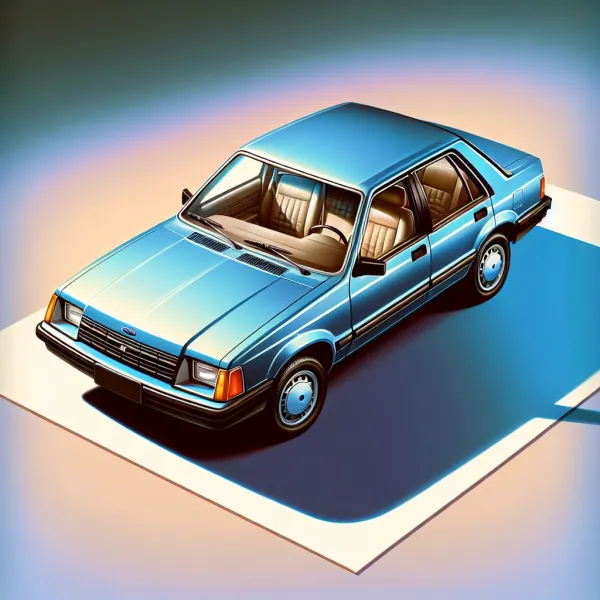The Legacy of the Ford Tempo: A Compact Car That Defined an Era
The Legacy of the Ford Tempo: A Compact Car That Defined an Era
The Ford Tempo, introduced in 1984, was a compact car designed to meet the needs of a changing automotive market. As fuel efficiency, affordability, and practicality became increasingly important to consumers, Ford responded with a vehicle that combined innovative engineering with a sleek, aerodynamic design. The Tempo quickly became a popular choice for families and individuals alike, leaving a lasting legacy in the automotive world.
A Bold Step Forward in Design
When the Ford Tempo debuted, it was clear that it represented a departure from the boxy designs of the 1970s. The car featured a more aerodynamic silhouette, which not only improved fuel efficiency but also gave it a modern and stylish appearance. Ford engineers incorporated advanced wind tunnel testing to ensure the Tempo's design was both functional and visually appealing.
Innovative Features for Its Time
The Ford Tempo was packed with features that were considered cutting-edge for the 1980s. Some of the most notable innovations included:
- Front-Wheel Drive: A first for Ford's compact cars, this feature improved handling and traction, especially in adverse weather conditions.
- Fuel Efficiency: With its efficient four-cylinder engine, the Tempo delivered impressive gas mileage, making it an attractive option during a time of rising fuel costs.
- Optional All-Wheel Drive: The Tempo was one of the first compact cars to offer an all-wheel-drive option, providing enhanced stability and control.
- Digital Dashboard: Higher trim levels of the Tempo featured a futuristic digital instrument cluster, a rarity in cars of its class at the time.
Popularity and Market Impact
The Ford Tempo was a hit with consumers, selling over 2 million units during its production run from 1984 to 1994. Its affordability and reliability made it a go-to choice for first-time car buyers and families on a budget. The Tempo also played a key role in Ford's strategy to compete with Japanese automakers, which were gaining market share in the United States during the 1980s.
The Ford Tempo was more than just a car; it was a symbol of Ford's commitment to innovation and adaptability in a rapidly changing market.
The End of an Era
By the mid-1990s, consumer preferences began to shift toward larger vehicles like SUVs and minivans. As a result, Ford decided to discontinue the Tempo in 1994, replacing it with the Ford Contour. Despite its relatively short lifespan, the Tempo remains a beloved classic among enthusiasts and collectors.
Why the Ford Tempo Still Matters
Today, the Ford Tempo is remembered as a car that embodied the spirit of its time. It was practical, innovative, and accessible, making it a staple of American driveways during the 1980s and early 1990s. For those who owned one, the Tempo was more than just a mode of transportation—it was a reliable companion on the road of life.
Whether you're a fan of classic cars or simply curious about automotive history, the Ford Tempo is a fascinating chapter in the story of American car manufacturing. Its legacy lives on as a testament to Ford's ability to adapt and innovate in the face of changing consumer demands.
